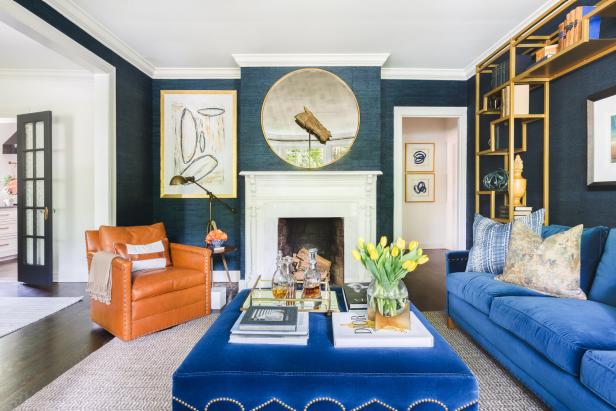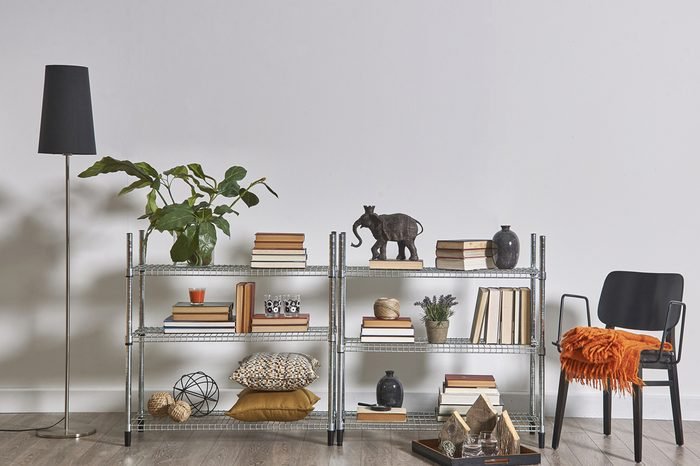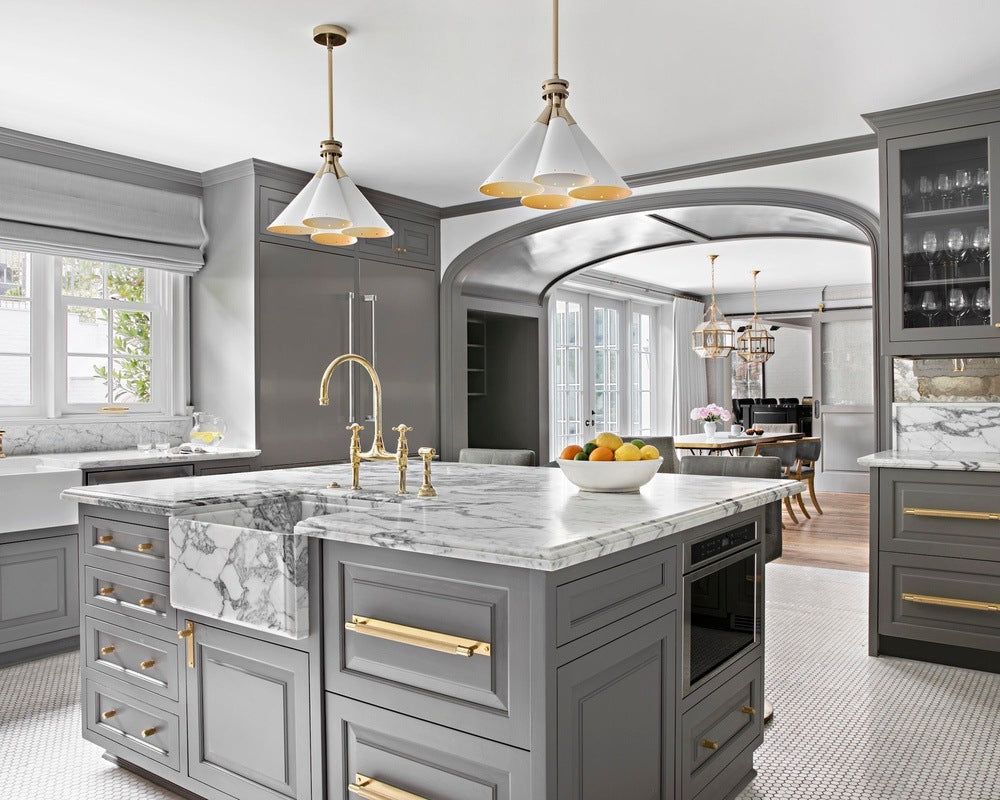It’s time to give your living room a fresh new look! Here are seven simple steps to help you design and decorate your living room so that it looks beautiful, comfortable, and inviting. By the end of this process, you’ll have an amazing living room space to call your own! Let’s get started!
1) Choose the right colours
Colour is one of those things that can make or break a design. A space that feels warm and inviting will benefit from shades of red, yellow and orange, while interiors featuring greys and blues would be more energized with purple tones. When it comes to colour, it’s all about finding balance between what you like and what looks good—choose your colours wisely!
2) Add texture
Because living rooms are often used as spaces for entertaining guests, it’s easy to fall into a one big neutral color trap. One way to bring in more design interest is by adding textures like velvet pillows or even an area rug that you can actually feel with your feet. Even small changes like that can make all of your furniture pieces pop.
3) Add plants
Installing plants in your living room has more benefits than simply adding a touch of green—it can also improve air quality, reduce stress and anxiety, and even lower blood pressure. Opt for an arrangement of live or faux greenery that’s interesting enough to make you stop and look twice without being overwhelming or tacky.
4) Use layers
An effective way to bring natural depth and texture into any room is through layered decor. Start with your foundational pieces—the sofa, chairs, tables and rugs—and then add in pillows, artwork and other accessories. For example, you can use pillows on chairs or sofas as well as other accent pieces like candles and ornaments. After you’ve placed these basic pieces in your room, it’s time to add layers of color through items like curtains or wall art.
5) Hang mirrors
Mirrors are incredibly simple but make a huge difference. In fact, they’re one of interior design’s most underestimated tools. They reflect light and open up your space, making small rooms feel bigger or darker rooms feel brighter. Mirrors also create depth, which makes them great in foyers or entryways. One trick: When placing mirrors in front of windows, don’t choose rectangular ones—round ones will make your space look even bigger and more airy.
6) Create focal points
When your living room looks and feels stale, it’s time to refresh. And there are plenty of ways to do it without tearing apart your entire apartment. Focal points can have an enormous impact on your living space, but with some careful thinking, you can create them in no time at all—and they don’t always mean splurging on expensive pieces. Try these tips!
7) Make sure it feels good
The living room is our home’s official gathering space, so it should feel comfortable and inviting. First, add some comfort. That doesn’t mean you have to go out and buy brand new furniture. Many home decor shops sell inexpensive throw pillows and slipcovers that can freshen up your old furniture for not much money at all. Then, make sure it looks good by treating any stains or repainting if necessary.
1) Choose the right colours
Colour is one of those things that can make or break a design. A space that feels warm and inviting will benefit from shades of red, yellow and orange, while interiors featuring greys and blues would be more energized with purple tones. When it comes to colour, it’s all about finding balance between what you like and what looks good—choose your colours wisely!
2) Add texture
Because living rooms are often used as spaces for entertaining guests, it’s easy to fall into a one big neutral color trap. One way to bring in more design interest is by adding textures like velvet pillows or even an area rug that you can actually feel with your feet. Even small changes like that can make all of your furniture pieces pop.
3) Add plants
Installing plants in your living room has more benefits than simply adding a touch of green—it can also improve air quality, reduce stress and anxiety, and even lower blood pressure. Opt for an arrangement of live or faux greenery that’s interesting enough to make you stop and look twice without being overwhelming or tacky.
4) Use layers
An effective way to bring natural depth and texture into any room is through layered decor. Start with your foundational pieces—the sofa, chairs, tables and rugs—and then add in pillows, artwork and other accessories. For example, you can use pillows on chairs or sofas as well as other accent pieces like candles and ornaments. After you’ve placed these basic pieces in your room, it’s time to add layers of color through items like curtains or wall art.
5) Hang mirrors
Mirrors are incredibly simple but make a huge difference. In fact, they’re one of interior design’s most underestimated tools. They reflect light and open up your space, making small rooms feel bigger or darker rooms feel brighter. Mirrors also create depth, which makes them great in foyers or entryways. One trick: When placing mirrors in front of windows, don’t choose rectangular ones—round ones will make your space look even bigger and more airy.
6) Create focal points
When your living room looks and feels stale, it’s time to refresh. And there are plenty of ways to do it without tearing apart your entire apartment. Focal points can have an enormous impact on your living space, but with some careful thinking, you can create them in no time at all—and they don’t always mean splurging on expensive pieces. Try these tips!
7) Make sure it feels good
The living room is our home’s official gathering space, so it should feel comfortable and inviting. First, add some comfort. That doesn’t mean you have to go out and buy brand new furniture. Many home decor shops sell inexpensive throw pillows and slipcovers that can freshen up your old furniture for not much money at all. Then, make sure it looks good by treating any stains or repainting if necessary.





Leave a comment
This site is protected by hCaptcha and the hCaptcha Privacy Policy and Terms of Service apply.